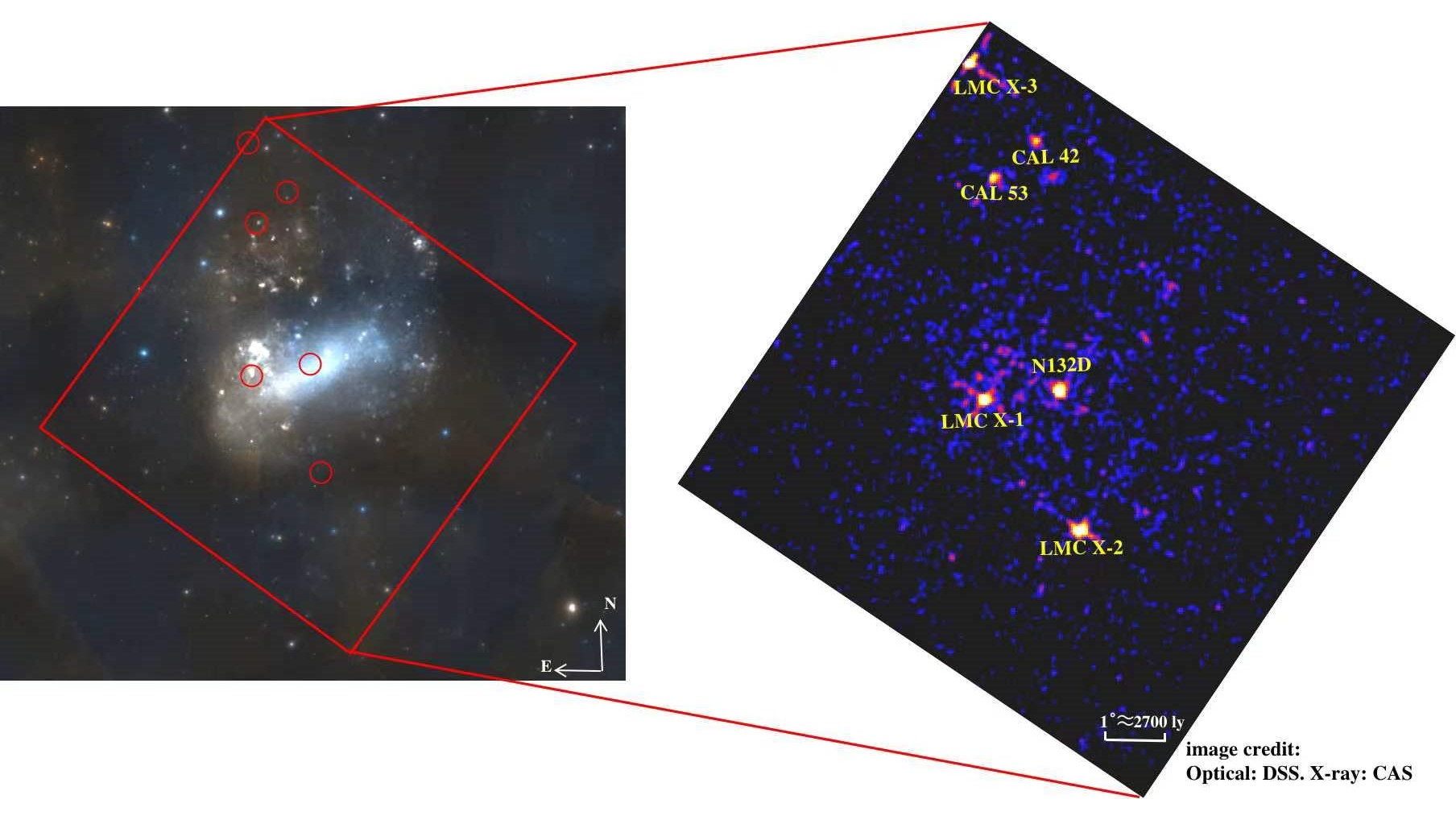China tests novel 'lobster eye' X-ray telescope for observing cosmic events
LEIA paves way for a larger space observatory to launch in 2023.

A novel "lobster eye" telescope aboard a small Chinese satellite has delivered its first images, paving the way for more complex future missions using its technology.
The Lobster Eye Imager for Astronomy (LEIA) is in orbit aboard the SATech-01 satellite, which launched in July. Early results from the instrument have now been published based on LEIA's first images, which focus on the galactic center region, the Scorpius X-1 binary star system and the diffuse Cygnus Loop nebula.
"These are truly wide-field X-ray images of celestial bodies observed, for the first time, by a focusing imaging telescope," researchers wrote in the paper.
Related: Iconic James Webb Space Telescope images get X-ray vision boost
LEIA uses 36 plates to reflect X-rays toward a common center, where they are picked up by four imaging sensors. Using this reflection technique, inspired by lobsters' eyes, instead of human-like refraction, allows a much greater field of view.
"The results provide a solid basis for the development of the present and proposed wide-field X-ray missions using lobster eye micro-pore optics," the authors wrote.
LEIA provides both a wide observing field of view and true imaging capability, according to the authors, promising sky monitoring with significantly improved sensitivity and spatial resolution in soft X-rays.
Get the Space.com Newsletter
Breaking space news, the latest updates on rocket launches, skywatching events and more!
Getting LEIA in orbit and working was a big step in itself, because the lobster eye micro-pore optics rely on thin glass plates, just 0.08 inch (2 millimeters) thick, which are considered fragile but needed to survive the rigors of a rocket launch.

The imager is an experimental version of a module that will be used on the Einstein Probe that China is expected to launch next year.
The Einstein Probe's Wide-field X-ray Telescope (WXT) will consist of 12 LEIA modules, giving the telescope a field of view of 3,600 square degrees. It will observe violent cosmic events in the X-ray range of the light spectrum, such as stellar explosions, or supernovas and tidal disruption events, in which a black hole pulls apart a star.
The mission is being developed by Chinese Academy of Sciences as part of its Strategic Priority Program on Space Science.
The paper has been accepted for publication by the Astrophysical Journal Letters; a version was posted to the preprint server arXiv.org on Monday (Nov. 21).
Follow us on Twitter @Spacedotcom and on Facebook.
Join our Space Forums to keep talking space on the latest missions, night sky and more! And if you have a news tip, correction or comment, let us know at: community@space.com.

Andrew is a freelance space journalist with a focus on reporting on China's rapidly growing space sector. He began writing for Space.com in 2019 and writes for SpaceNews, IEEE Spectrum, National Geographic, Sky & Telescope, New Scientist and others. Andrew first caught the space bug when, as a youngster, he saw Voyager images of other worlds in our solar system for the first time. Away from space, Andrew enjoys trail running in the forests of Finland. You can follow him on Twitter @AJ_FI.








